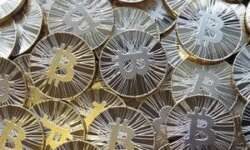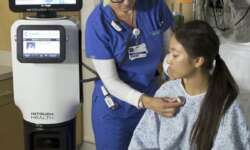Trustworthy Summary Essay Writing Service

If you are looking for a summary essay writing service that will accept and complete an order, you needn’t waste your time looking any further. Worldessays.com is not only one of the cheapest, well-reputed and dependable writing services on the Internet, but also a company that truly has your best interests at heart. Why You Should Hire a Writer to Get a Custom Paper Custom written essays can be of tremendous help when you write an assignment of the type you haven’t encountered before. Such papers are a cheap and surefire method of learning the arrangement and structure of the necessary essay type, how it is formatted and the method of logical connection between its parts. In other words, it is an affordable learning aid of your own. Why You Should Use Our Online Service There are many benefits you will receive by dealing with us, but we want to specially point out the following: Free revisions – if the dissertation or essay you’ve received from us isn’t good enough, you may ask for a free revision; Only original writing – our writers always research and prepare every paper from scratch; No plagiarism – trying to sell plagiarized papers isn’t…










